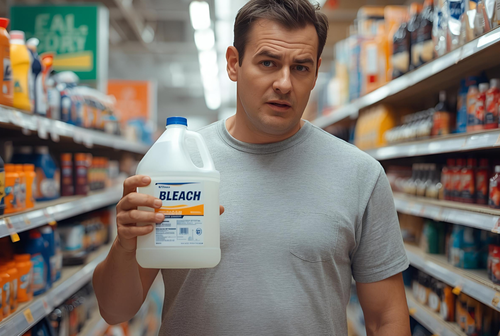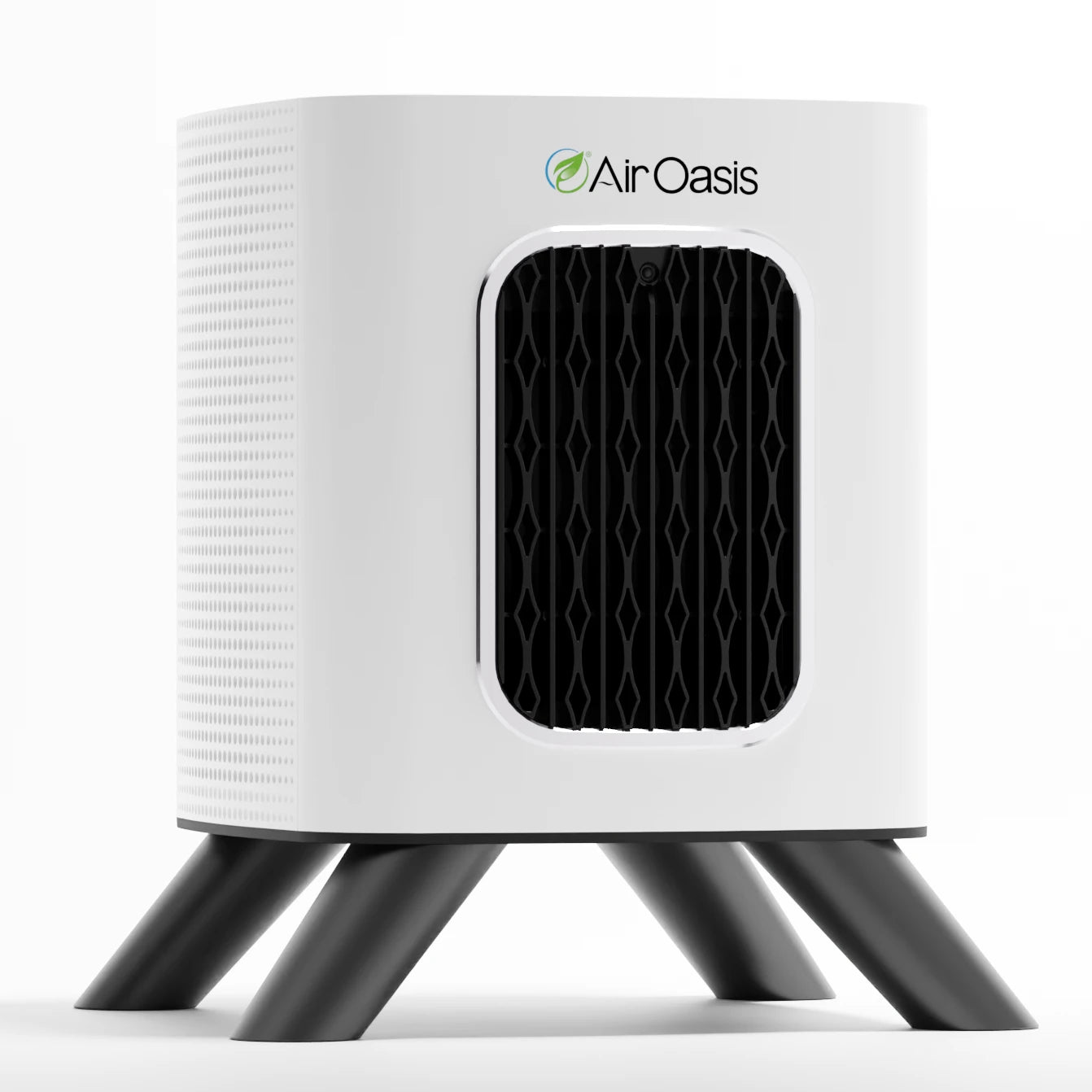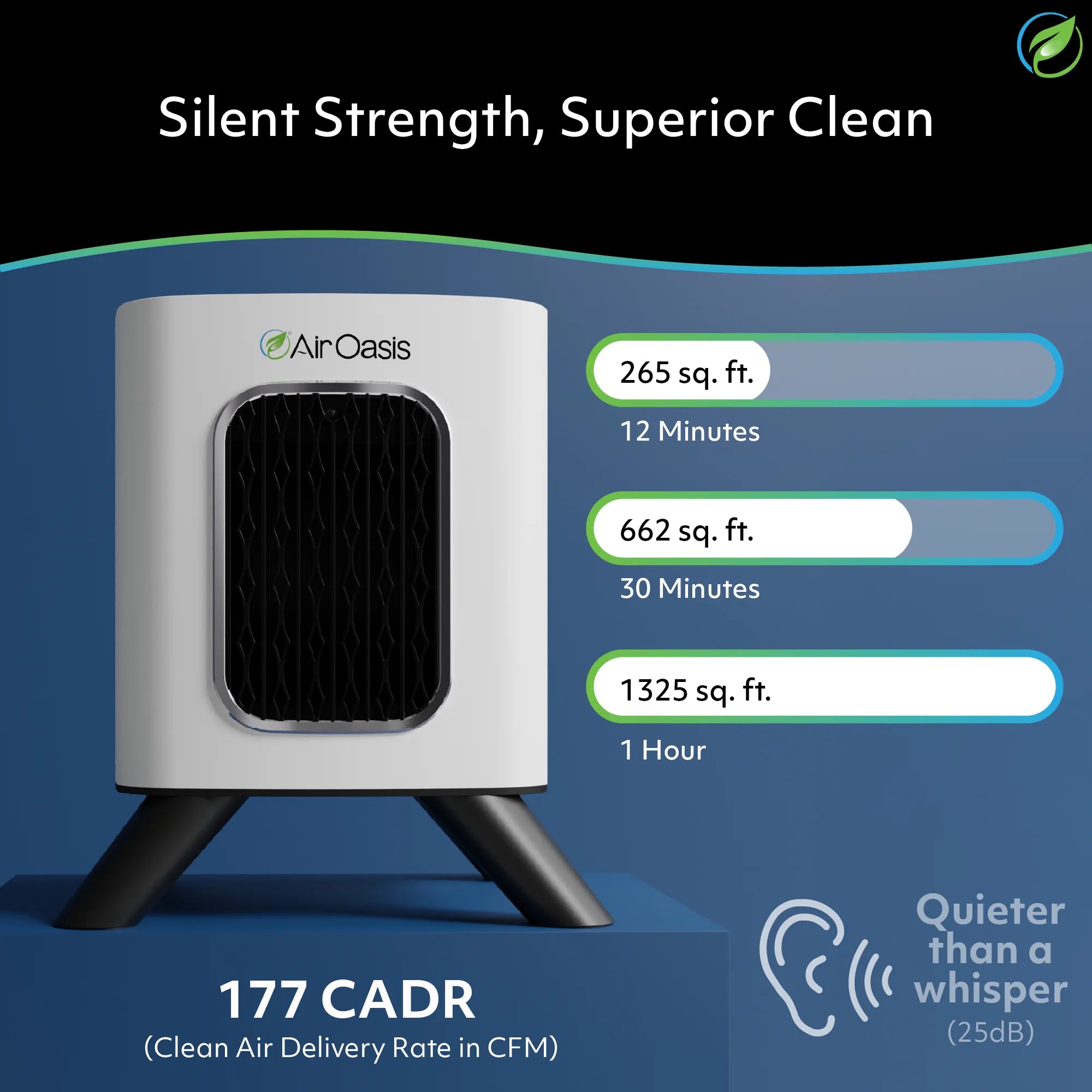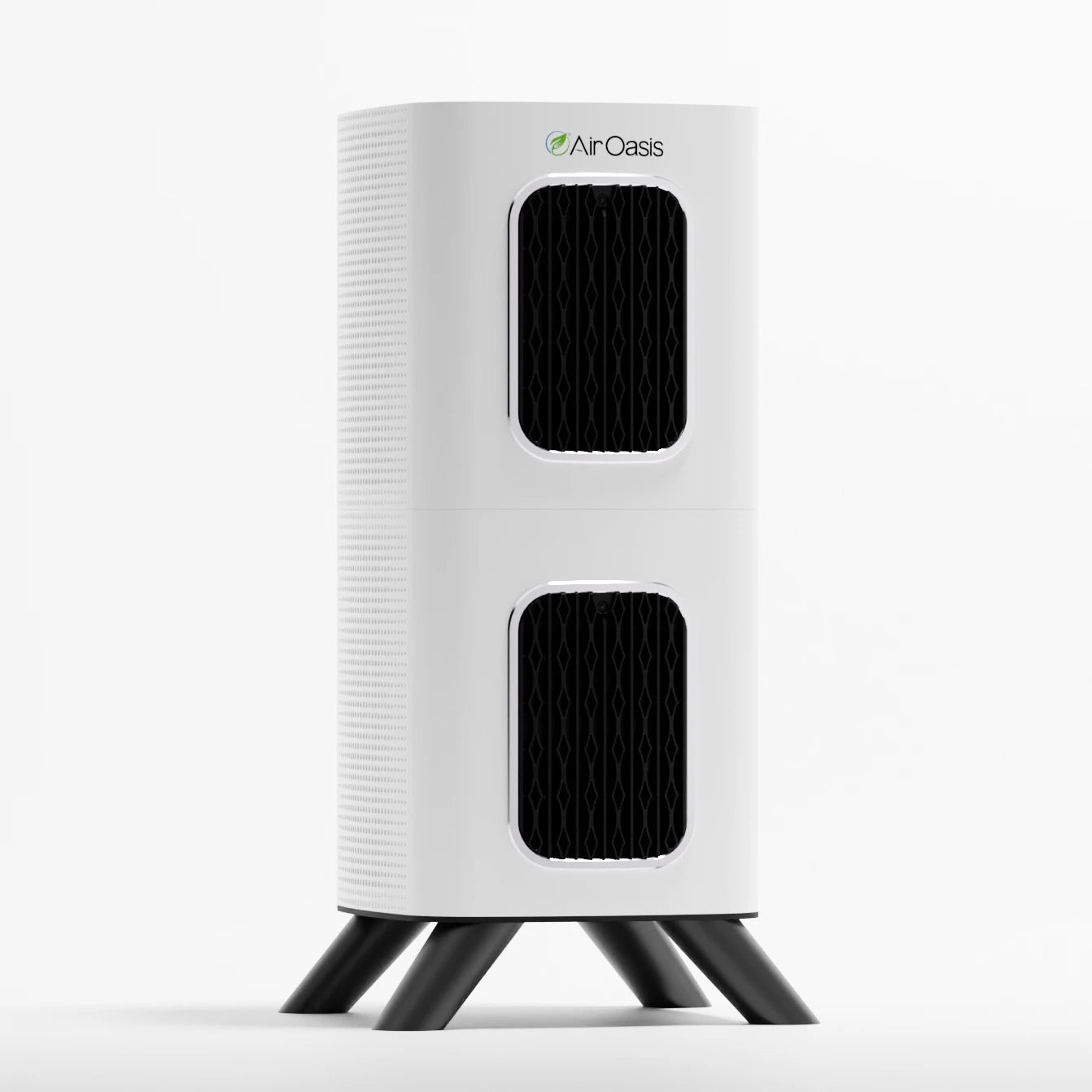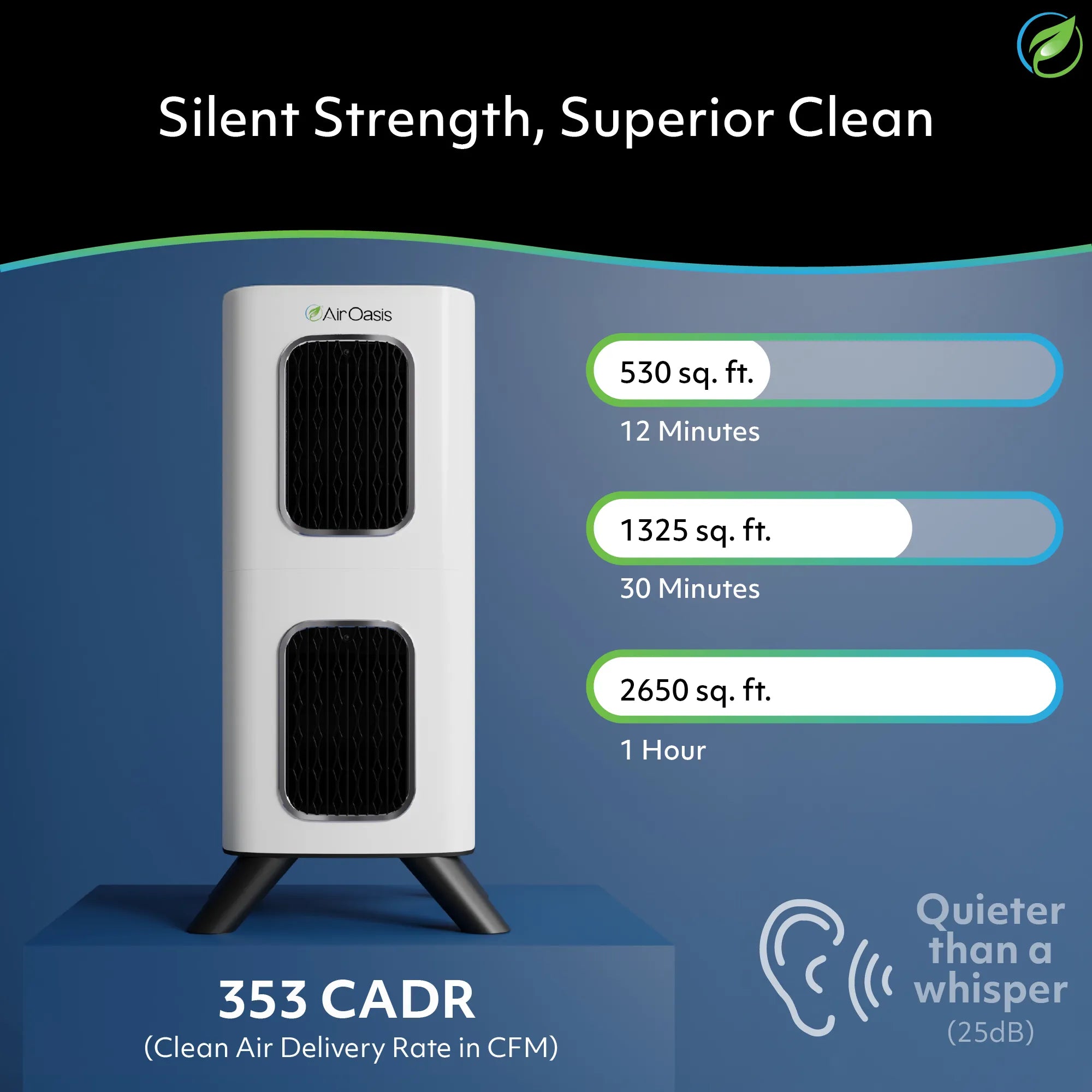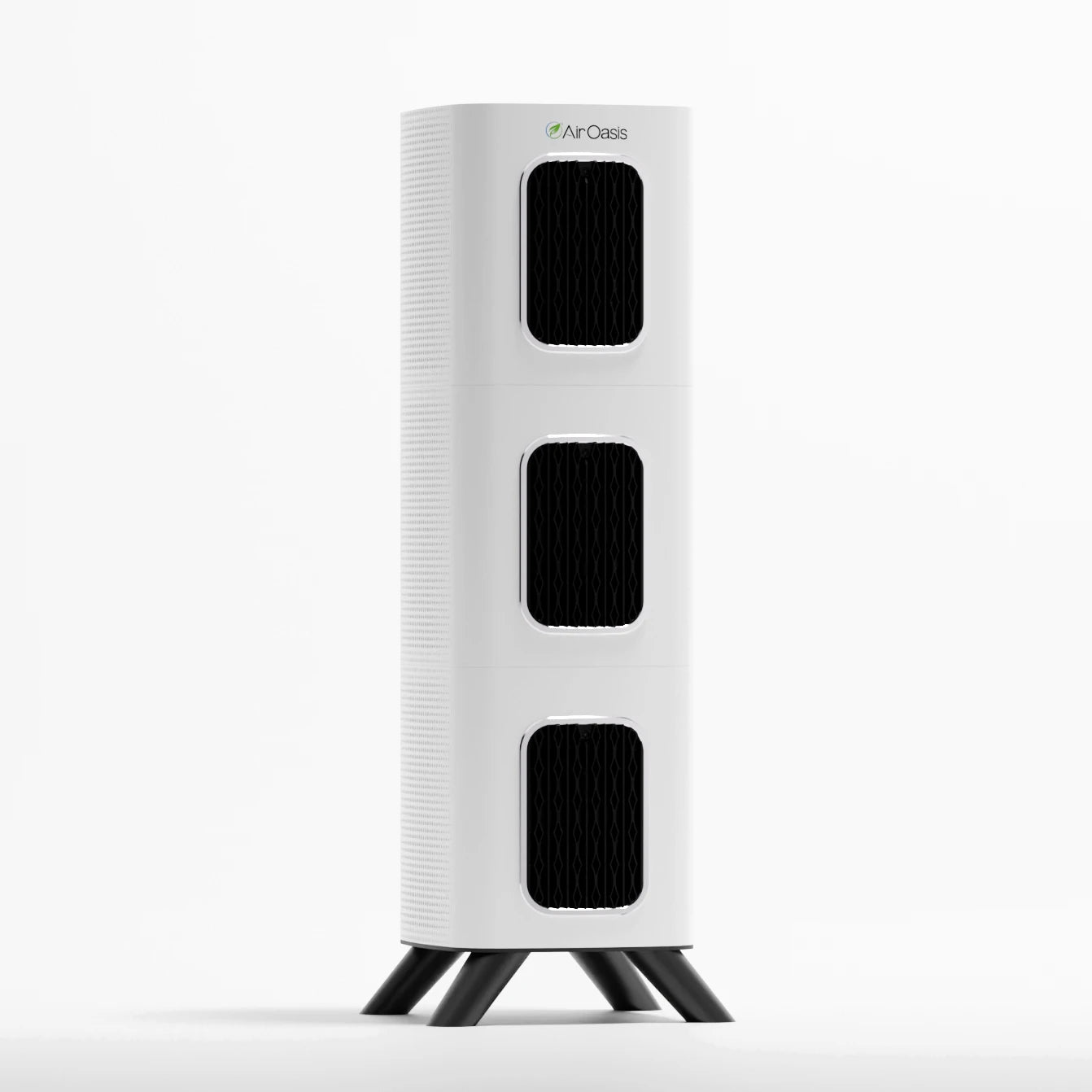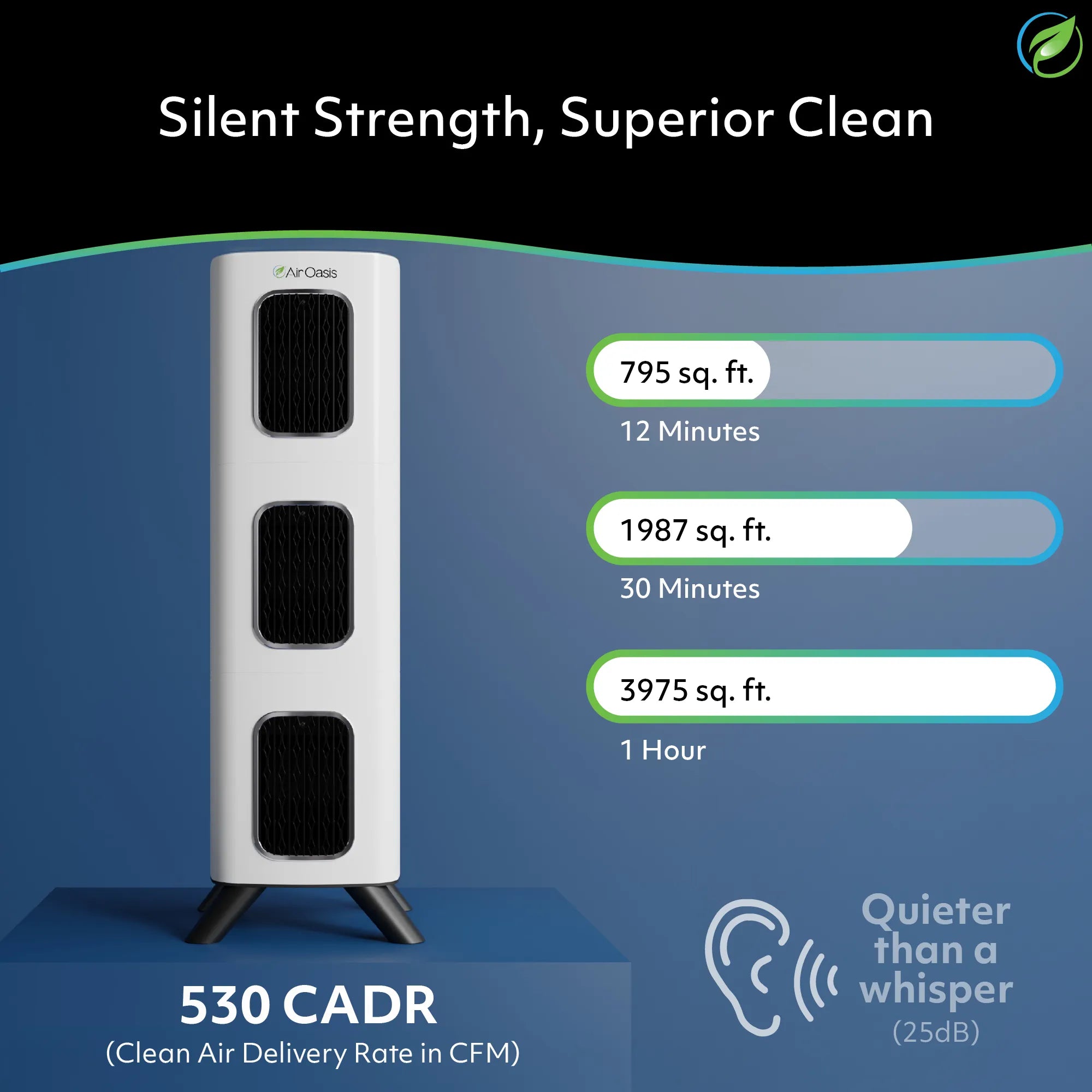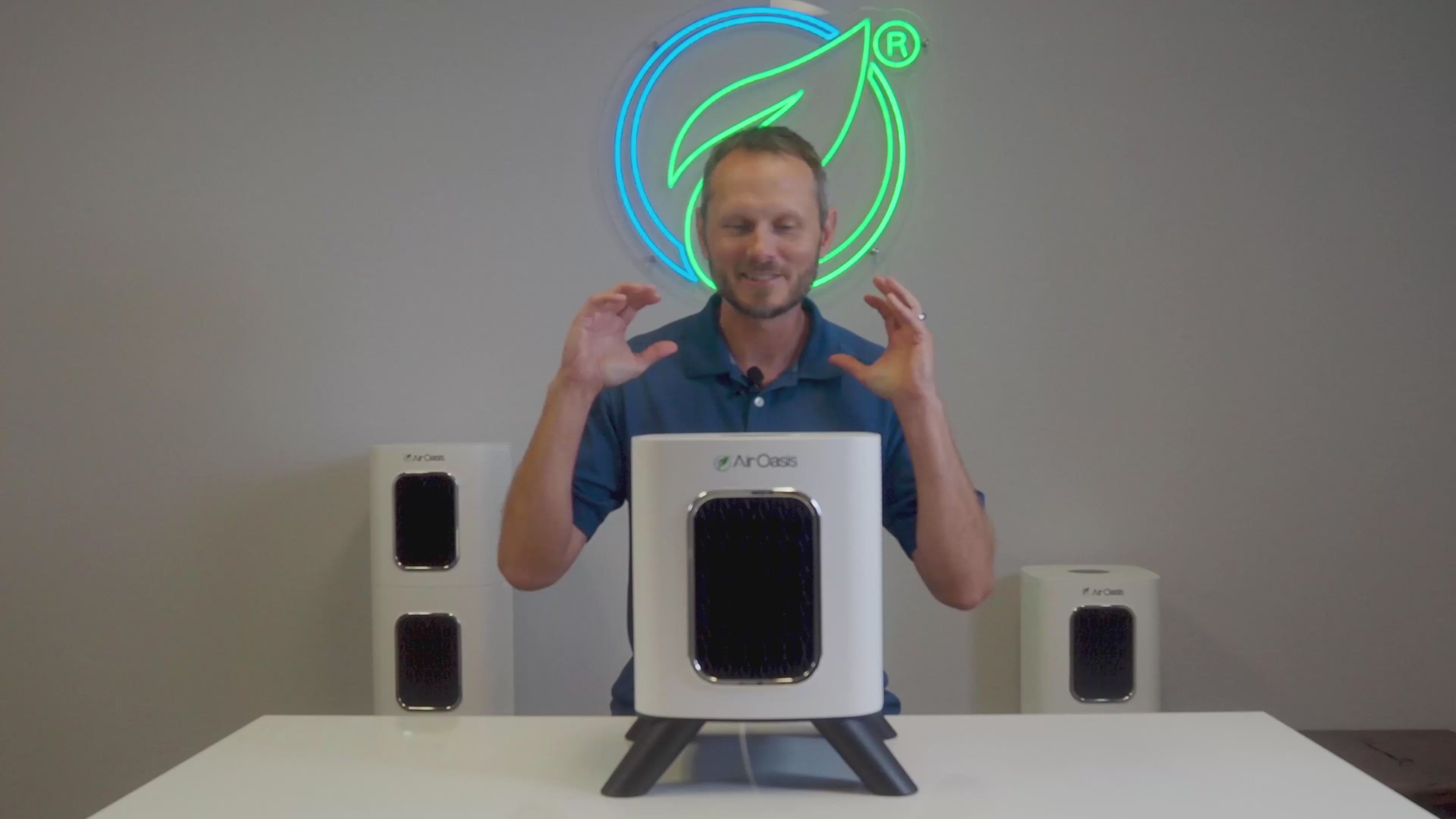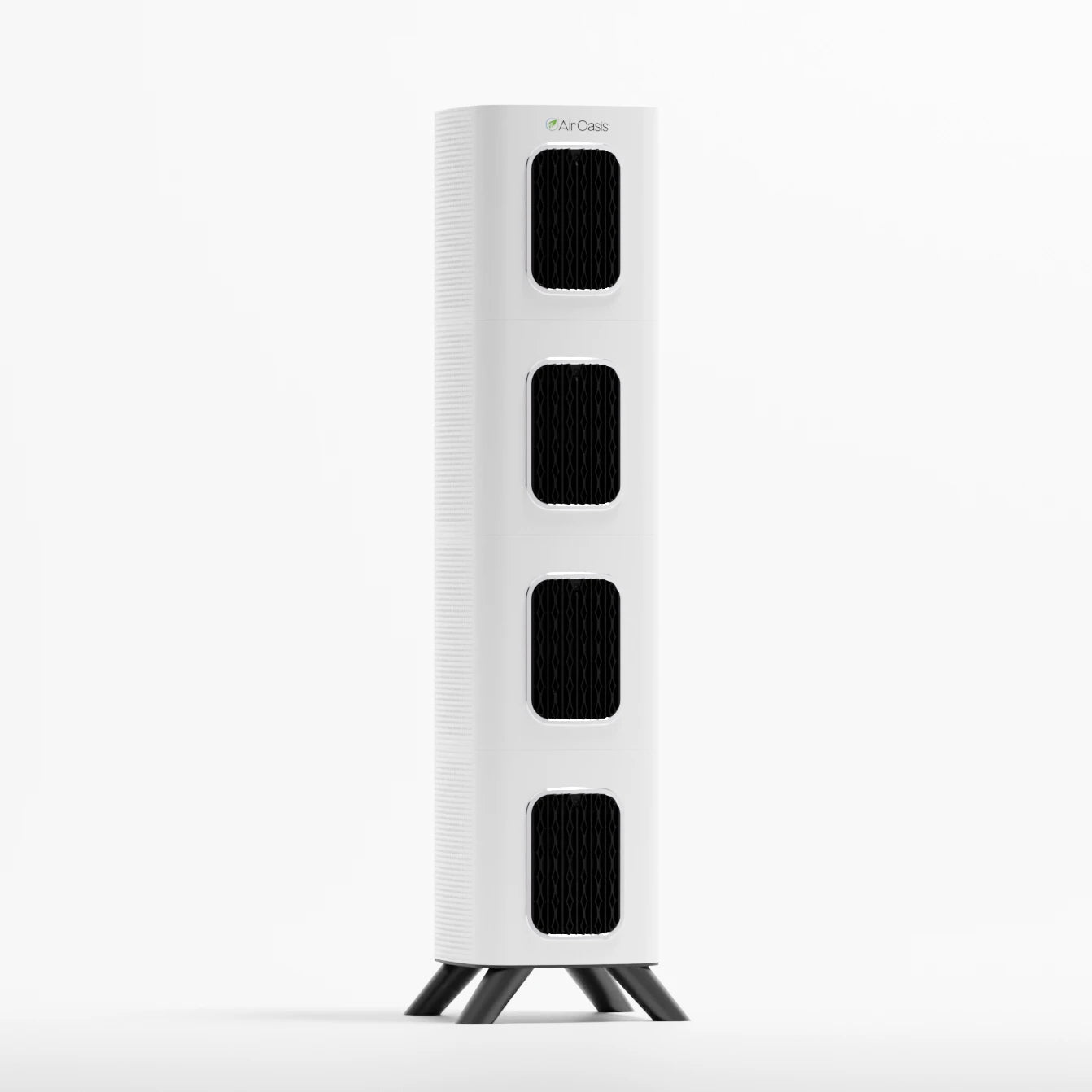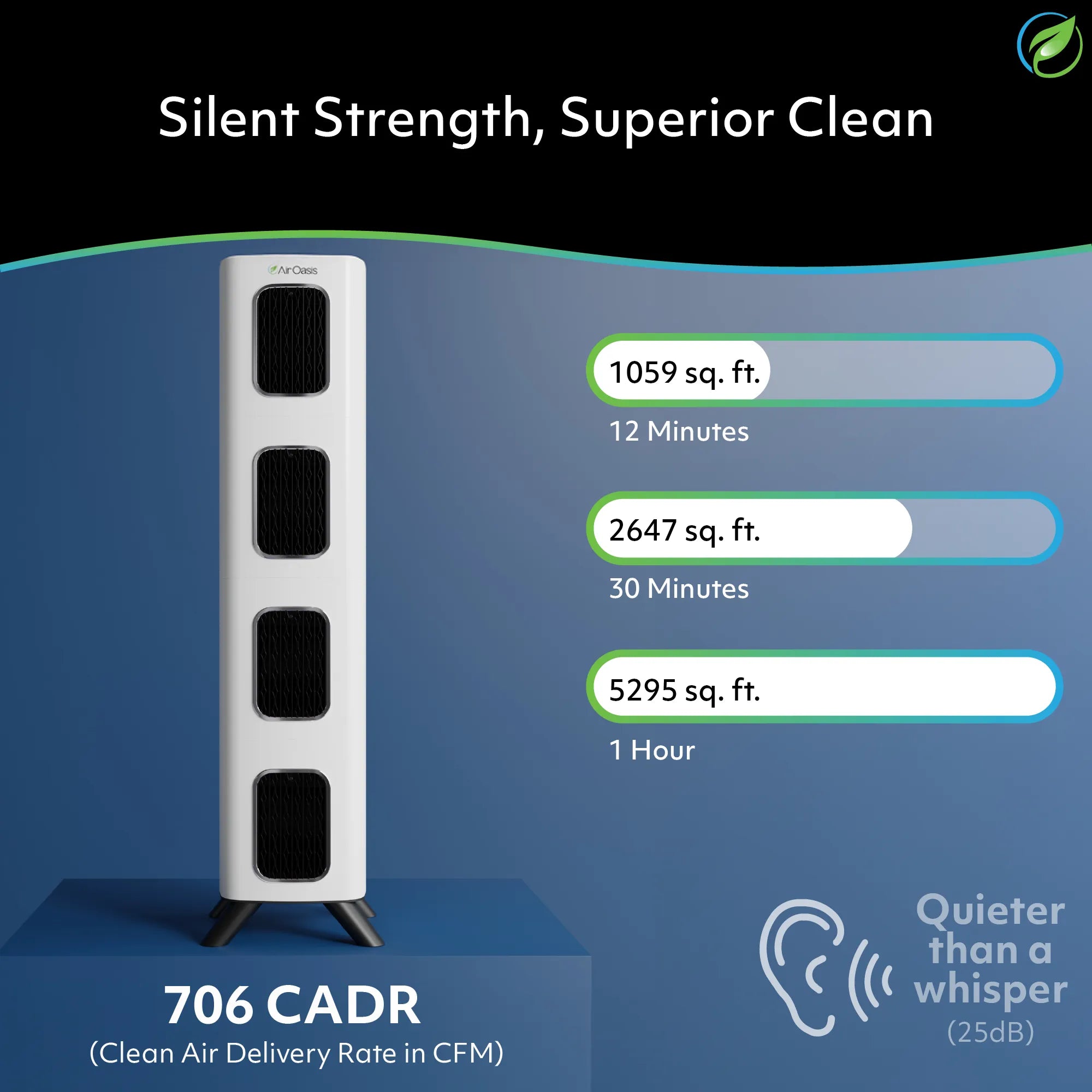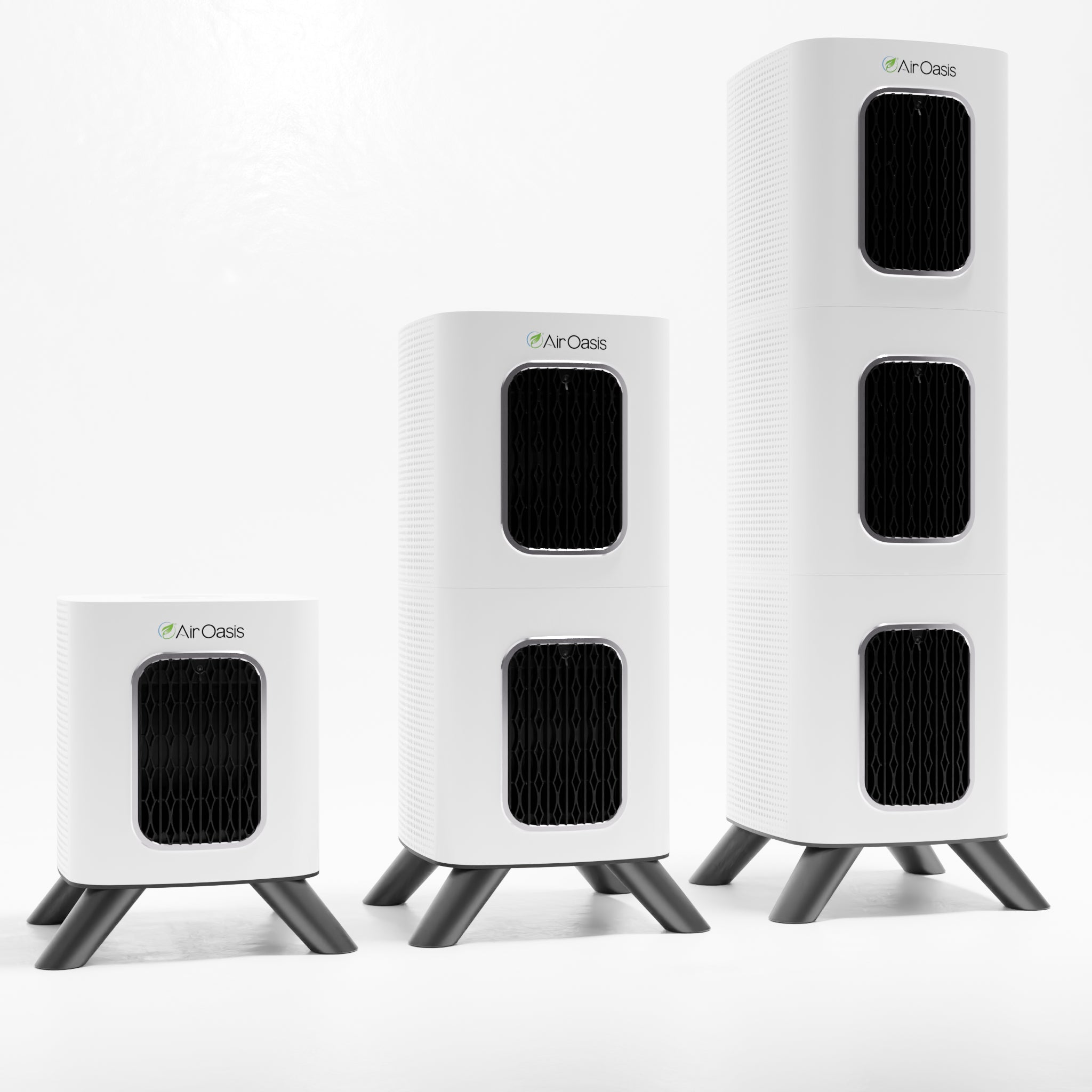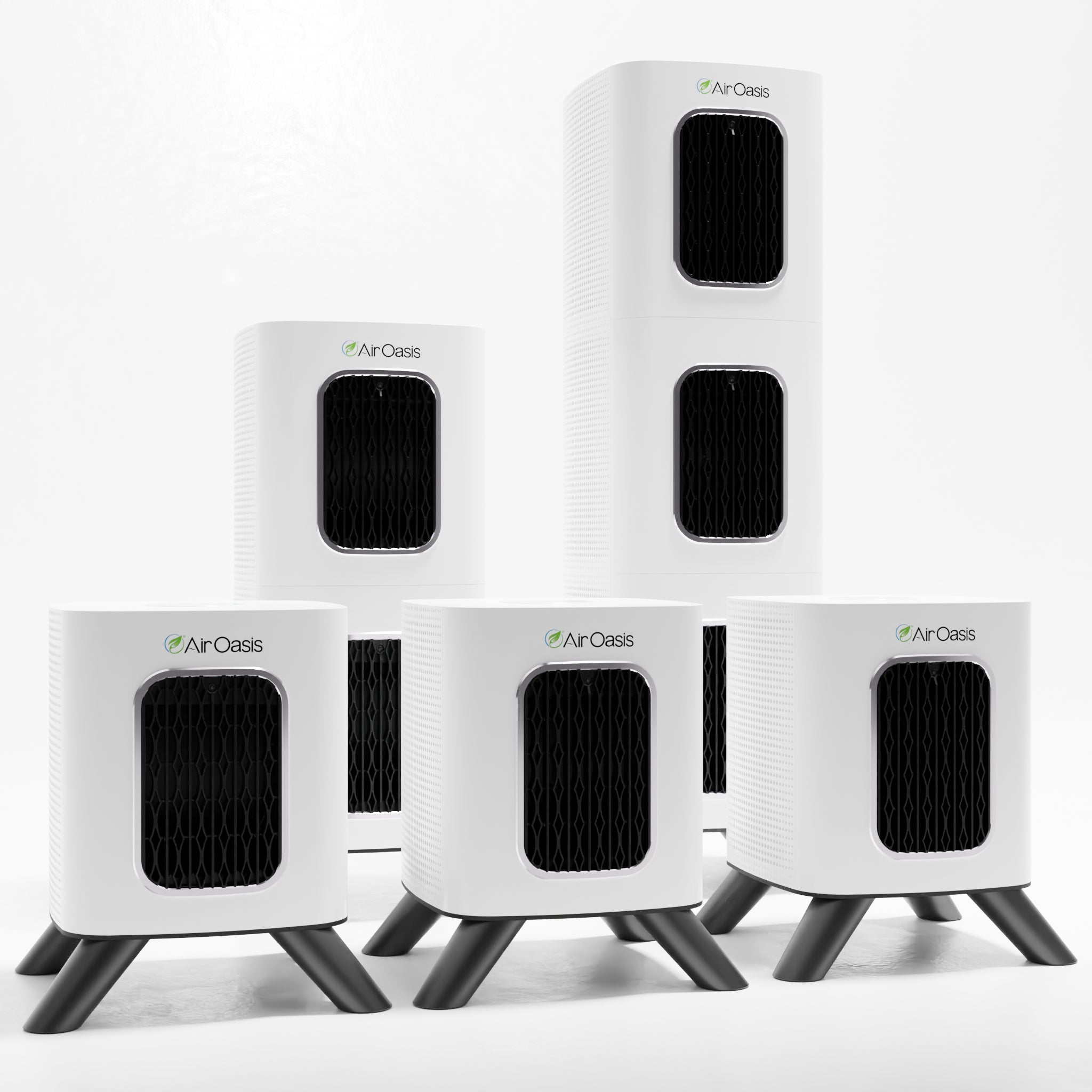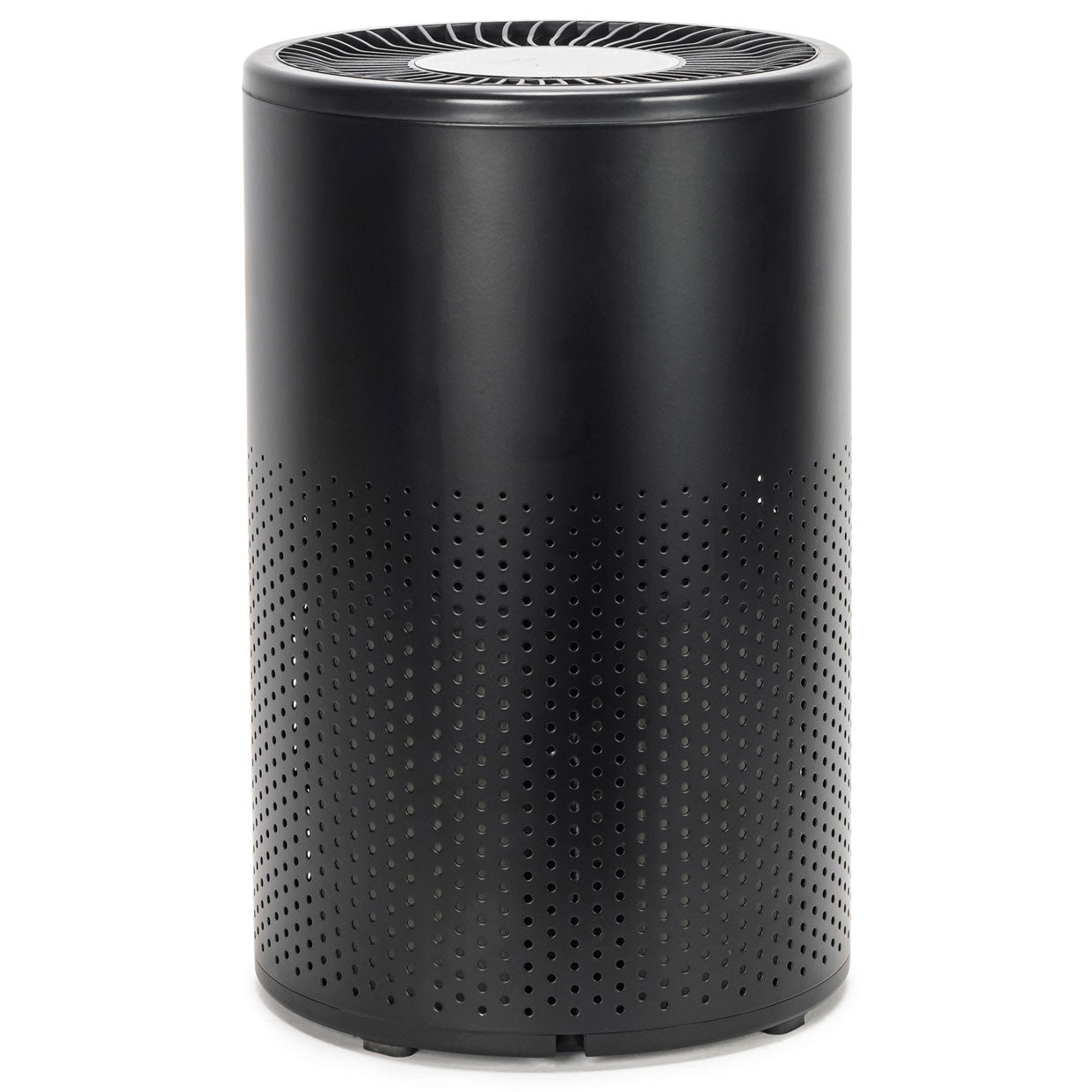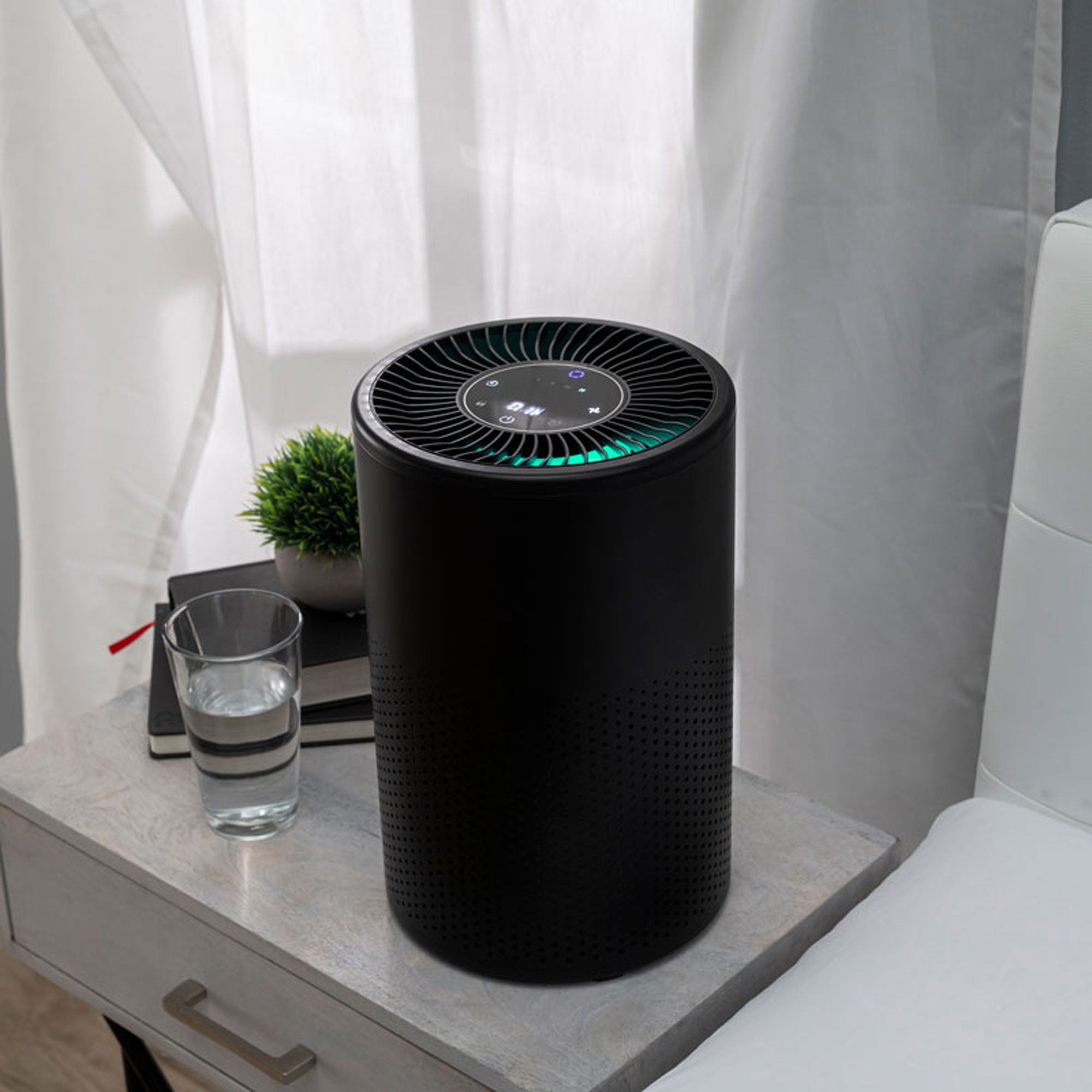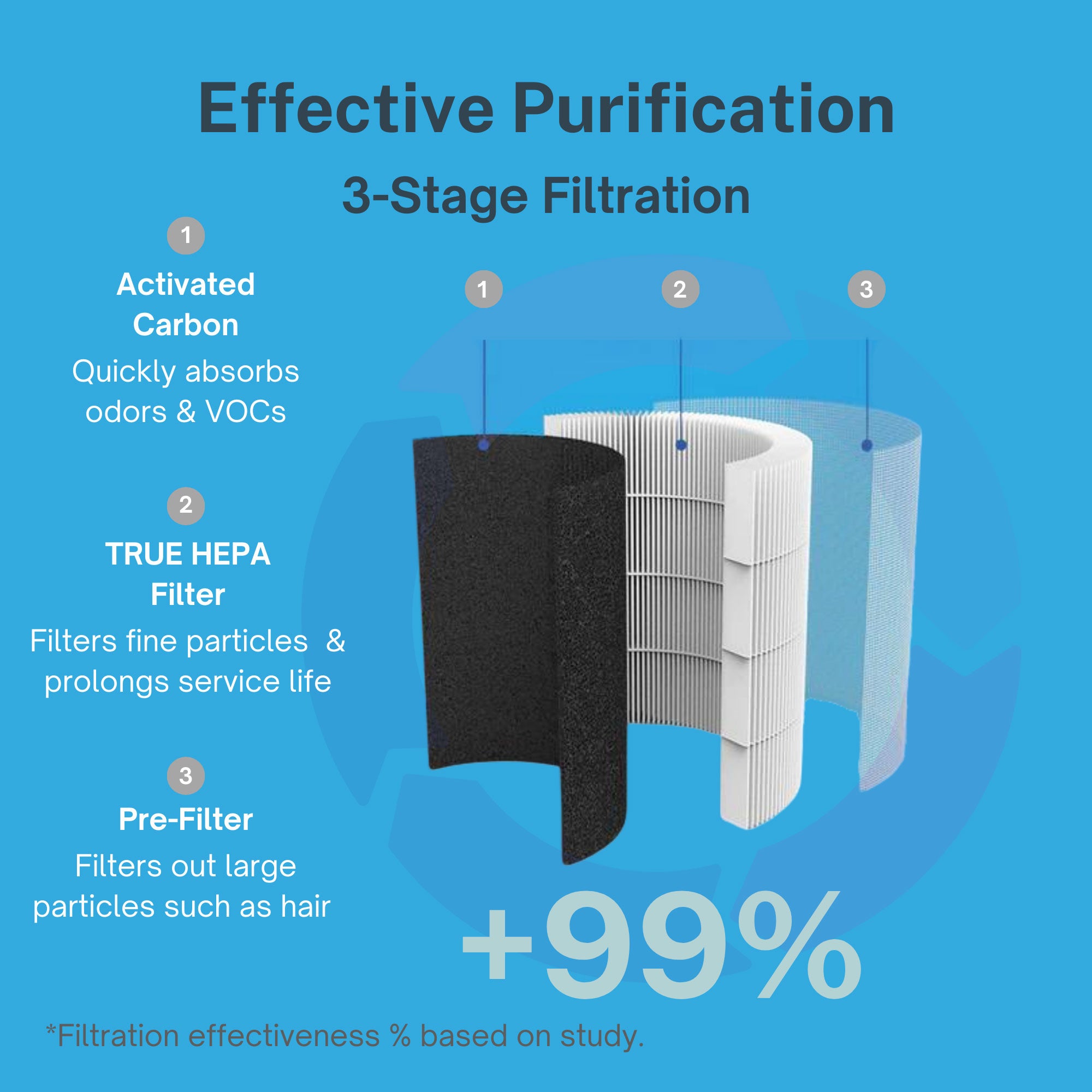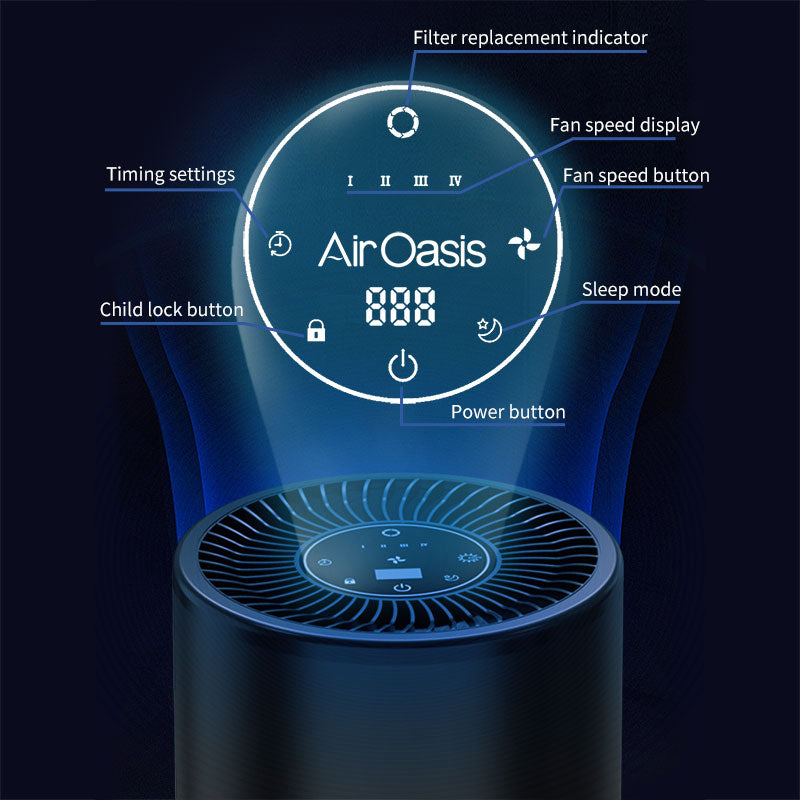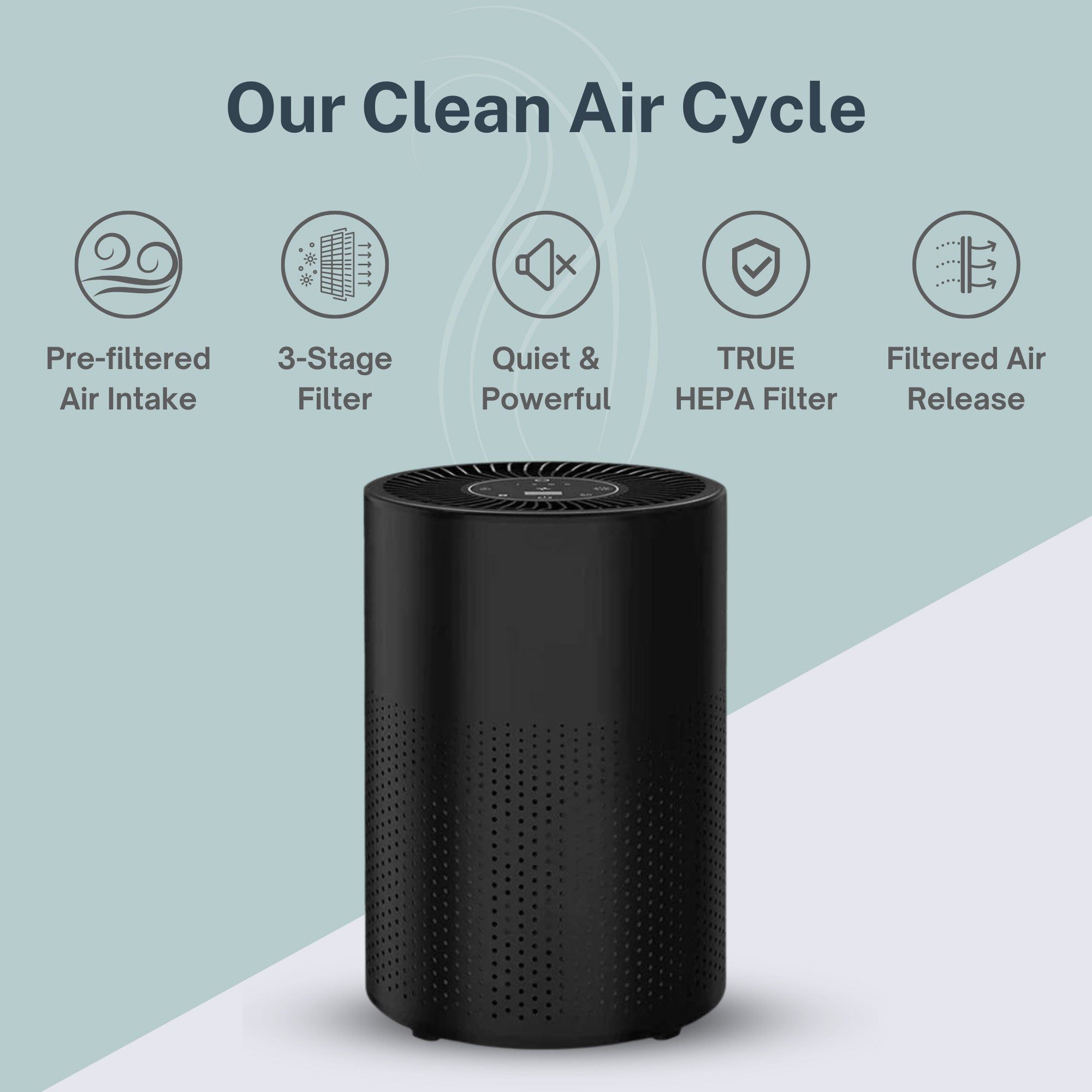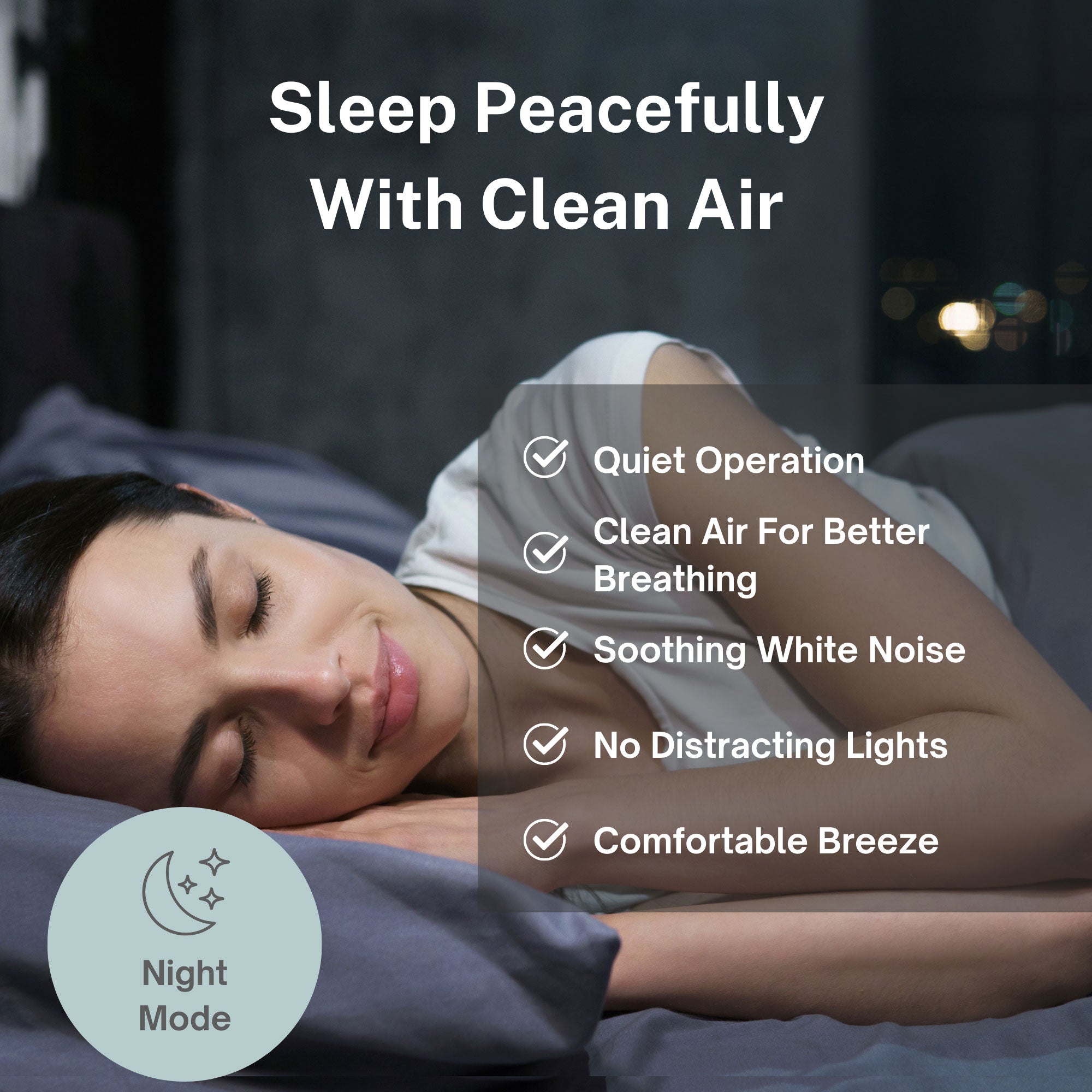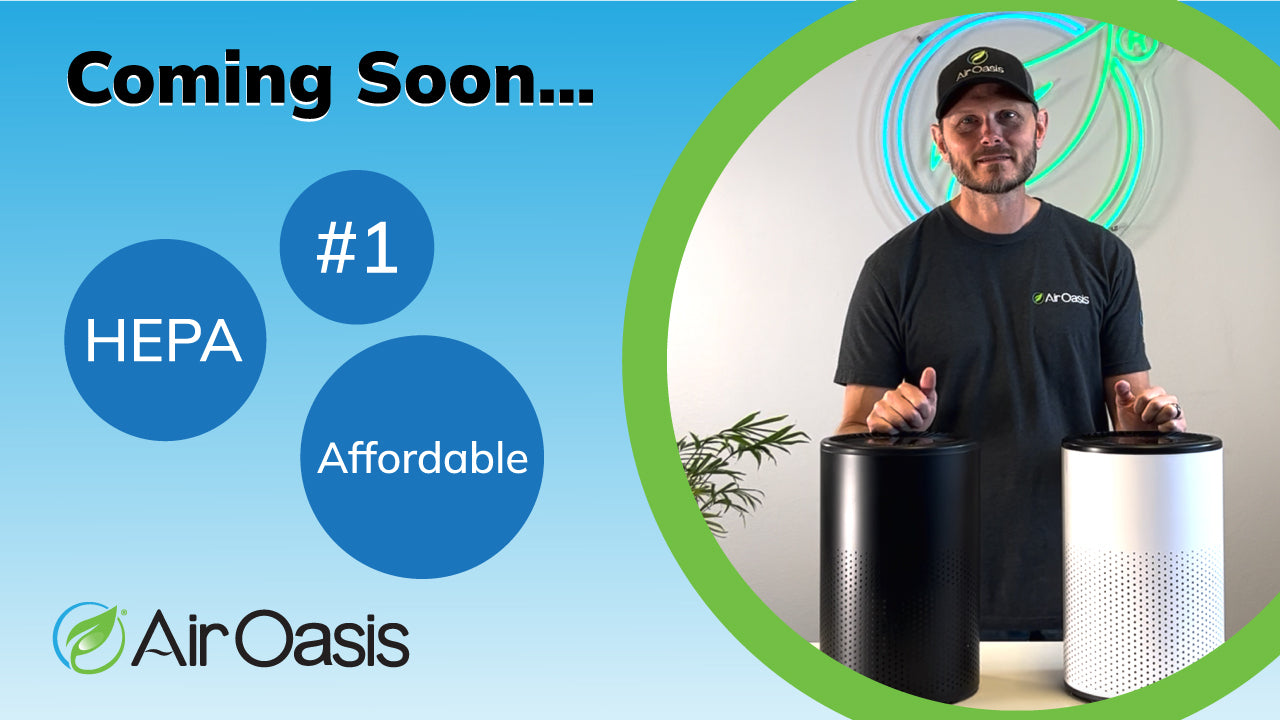The Environmental Protection Agency launched research in 2025 using high-throughput DNA sequencing to identify and monitor microbial populations after major natural disasters, recognizing that severe storms, flooding, and wildfires significantly increase respiratory health risks through exposure to disturbed fungal and bacterial pollutants. The research aims to develop better remediation strategies for homes and communities affected by natural disasters that create conditions for dangerous microbial growth.
Natural disasters disrupt normally occurring microorganisms in air, water, and soil, allowing fungi and bacteria to spread to new locations and establish growth on wet building materials. These microbiological pollutants contribute to increased asthma and respiratory problems observed in disaster-affected communities, making effective remediation critical for protecting public health.
Flooding Events Create Indoor Microbial Health Risks
EPA's participatory science project in flood-susceptible communities, including Caño Martin Peña in San Juan, Puerto Rico, involves volunteers monitoring indoor microbiome populations in their homes before and after flooding events. This research provides crucial data comparing microbial populations before and after remediation efforts, helping identify the most effective cleanup strategies.
Flooding creates ideal conditions for rapid microbial growth on building materials including drywall, insulation, carpeting, and wooden structures. Within 24-48 hours of water exposure, fungi and bacteria begin establishing colonies that can pose serious health risks to occupants, particularly those with respiratory sensitivities or compromised immune systems.
The volunteer monitoring approach enables researchers to track how different remediation techniques affect indoor microbial populations over time. This real-world data helps identify which cleanup methods successfully eliminate harmful microorganisms versus those that leave residual contamination threatening long-term health.
Community participation in the research ensures that remediation recommendations reflect actual conditions faced by disaster survivors rather than laboratory scenarios that may not translate to practical cleanup situations.
Wildfire Ash Contains Dangerous Microbial Populations
EPA researchers are characterizing fungal and bacterial microbiomes in wildfire ash using culture-independent molecular technologies to assess potential health and environmental impacts. Wildfire ash can carry viable microorganisms long distances through wind dispersal, contaminating areas far from the original fire zones.
The research examines microbial populations in ash from smoke plumes and ambient air to understand how wildfires distribute potentially harmful fungi and bacteria across affected regions. This information helps communities understand contamination risks and develop appropriate protective measures during and after fire events.
Prescribed fire research provides baseline data on microbial populations released during controlled burning, enabling comparison with wildfire events to better predict health risks from different types of fire exposure. Understanding these microbial signatures helps emergency responders and health officials prepare appropriate response strategies.
The molecular analysis techniques identify specific species and concentrations of microorganisms that pose the greatest health risks, enabling targeted remediation approaches rather than general cleanup methods that may miss critical contaminants.
Culture-Independent Testing Reveals Hidden Contamination
Traditional microbial testing methods that rely on growing organisms in laboratory cultures capture only a small fraction of environmental microorganisms, potentially missing dangerous species that don't grow under standard conditions. EPA's DNA sequencing approach identifies all microbial DNA present in samples, providing comprehensive contamination assessment.
This advanced testing reveals the full scope of microbial contamination in disaster-affected environments, including fastidious organisms that traditional methods cannot detect. The comprehensive approach ensures that remediation strategies address all potential health threats rather than only easily cultured species.
Culture-independent analysis also identifies antibiotic-resistant bacteria and other particularly dangerous microorganisms that may proliferate in post-disaster environments. This information enables targeted treatment approaches and helps prevent exposure to organisms that could cause serious infections.
The molecular techniques provide rapid results compared to traditional culture methods that may require days or weeks for organism identification, enabling faster remediation decisions when time is critical for preventing health impacts.
Developing Targeted Remediation Technologies
EPA's research contributes to developing remediation technologies specifically designed to address the microbiological contamination patterns observed after natural disasters. Understanding which organisms proliferate under different disaster conditions enables creation of targeted treatment approaches rather than generic cleanup protocols.
The research identifies environmental conditions that promote or inhibit specific microbial growth, helping develop prevention strategies that can be implemented during early disaster response to minimize contamination development. Proactive approaches prove more effective and less costly than extensive remediation after contamination becomes established.
Data on microbial survival and distribution patterns inform decisions about which building materials can be effectively cleaned versus those requiring complete replacement. This scientific approach prevents inadequate remediation that leaves residual contamination threatening long-term occupant health.
The research also evaluates the effectiveness of different remediation products and techniques against specific microbial populations identified in disaster scenarios, ensuring that cleanup efforts successfully eliminate actual contamination rather than assuming effectiveness based on laboratory testing alone.
Protecting Indoor Air Quality During Disaster Recovery
While EPA research develops improved remediation strategies, disaster survivors cannot wait for new technologies to protect their health from microbial contamination. Professional air purification becomes essential during disaster recovery when homes may contain elevated levels of fungi, bacteria, and other microorganisms disturbed or introduced by the event.
Standard cleanup methods may not adequately address airborne microbial contamination that continues circulating through indoor spaces long after visible damage is addressed. Advanced air purification systems remove airborne fungi, bacteria, and spores that pose ongoing health risks to disaster survivors, particularly vulnerable populations with respiratory conditions.
The multi-stage filtration approach used in professional air purification systems captures the range of microorganisms identified in EPA's disaster research, including small fungal spores and bacterial particles that can penetrate deep into respiratory systems. UV sterilization components kill captured organisms, preventing them from reproducing within the filtration system.
Comprehensive air quality management during disaster recovery protects family health while cleanup and remediation efforts continue, ensuring that indoor environments remain safe for occupants throughout the recovery process.
Take Action to Protect Your Family's Health
EPA's ongoing research demonstrates that natural disasters create serious microbiological contamination that threatens respiratory health through exposure to disturbed and proliferating fungi and bacteria. While improved remediation technologies are being developed, families affected by disasters need immediate protection from airborne microbial pollutants.
The research confirms that traditional cleanup methods may not adequately address the full scope of microbial contamination present after disasters, leaving families vulnerable to ongoing health risks from organisms that remain in indoor environments. Professional air purification provides essential protection during the extended recovery periods required for comprehensive remediation.
Don't wait for research results to protect your family from post-disaster microbial contamination. Take immediate action to ensure clean indoor air while cleanup efforts continue, protecting your family's respiratory health during the vulnerable recovery period when microbial exposure risks are highest.


